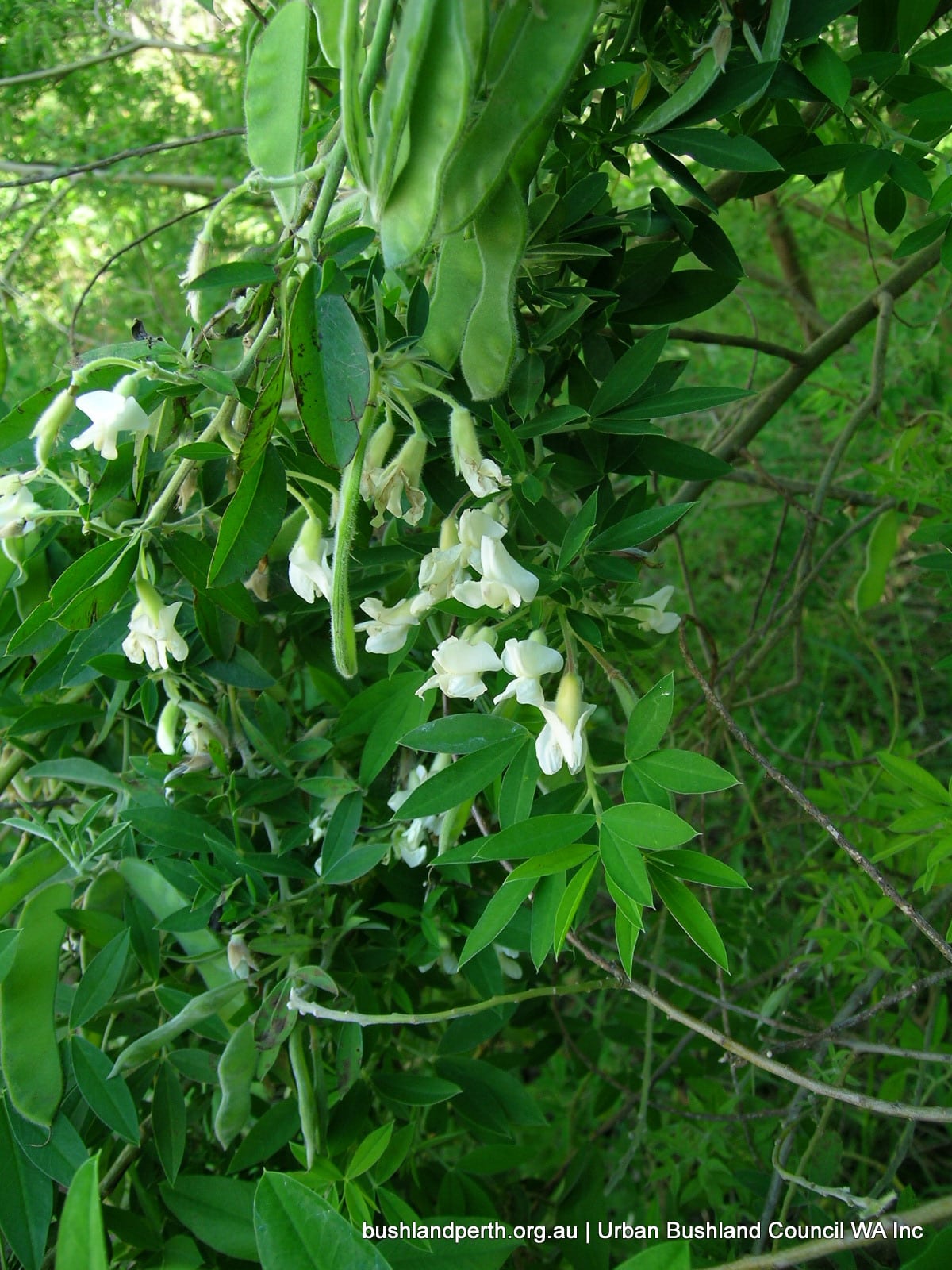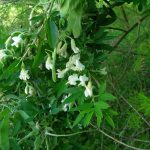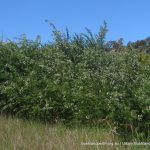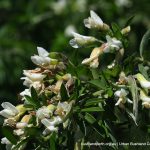Tagasaste

Common name
Tagasaste
Scientific Name
Chamaecytisus palmensis
Type of plant
Legumes And Peas (Family Fabaceae)
About this weed
This weed was originally introduced as a fodder crop from the Canary Islands and is still grown extensively for that purpose and for land rehabilitation.
Description
Tagasaste is an erect shrub or tree growing to 6 m high producing masses of white/cream/yellow flowers from April to September. Reproduction is by seed that is then dispersed by various methods including ants, birds, slashing, garden refuse, plantings, machinery and soil movement. It takes about 3 years before it flowers. Seeds are poisonous to humans. Vegetative regeneration strategies include its ability to resprout occasionally. The seedbank persists for 10+ years. Soil stored seed germinates prolifically following fire and mature plants occasionally resprout.
Impact on Bushland
Tagasaste is a serious invader of disturbed bushland on lateritic soils in higher rainfall areas. It has naturalised in almost all areas where it has been planted. The plant germinates readily after soil disturbance, forming dense infestations that can smother native vegetation and prevent regeneration. It also increases soil nitrogen, encouraging other weeds to colonise sites.
Location
Found in wetter areas of the South-West Province from Badgingarra to Esperance in disturbed areas. Tagasaste prefers white sand, grey sandy clay, lateritic soils and loam. It is often seen along roadsides or in adjacent bushland.
Priority for removal
High: it can disrupt ecological processes or result in loss of biodiversity.
Management (hand)
Hand pull seedlings where possible.
Management (herbicide)
For mature plants apply 250 ml Access® in 15 L of diesel to basal 50 cm of trunk (basal bark). Foliar spray with 0.5 g/10 L metsulfuron methyl + Pulse® Read the manufacturers’ labels and material safety data sheets before using herbicides. Optimal months to spray are March to September.
Flowering month/s
April, May, June, July, August, September, October
Flower colour/s
Yellow, White, Cream
Information source
https://florabase.dpaw.wa.gov.au/browse/profile/18156
Additional information
https://florabase.dpaw.wa.gov.au/weeds/swanweeds/
Hussey, B.M.J., Keighery, G.J., Dodd, J., Lloyd, S.G. and Cousens, R.D. (2007) Western weeds. A guide to the weeds of Western Australia, Second Edition, The Weeds Society of Western Australia, Victoria Park, Western Australia.



